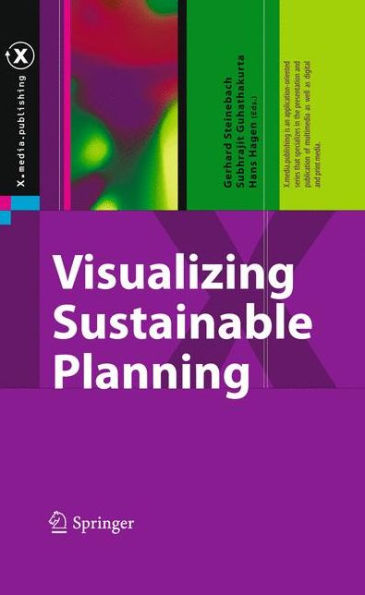5
1
9783540882022


Visualizing Sustainable Planning / Edition 1 available in Hardcover

Visualizing Sustainable Planning / Edition 1
- ISBN-10:
- 3540882022
- ISBN-13:
- 9783540882022
- Pub. Date:
- 08/12/2009
- Publisher:
- Springer Berlin Heidelberg
- ISBN-10:
- 3540882022
- ISBN-13:
- 9783540882022
- Pub. Date:
- 08/12/2009
- Publisher:
- Springer Berlin Heidelberg
109.99
In Stock

Product Details
| ISBN-13: | 9783540882022 |
|---|---|
| Publisher: | Springer Berlin Heidelberg |
| Publication date: | 08/12/2009 |
| Series: | X.media.publishing |
| Edition description: | 2009 |
| Pages: | 262 |
| Product dimensions: | 6.30(w) x 9.30(h) x 0.80(d) |
About the Author
From the B&N Reads Blog
